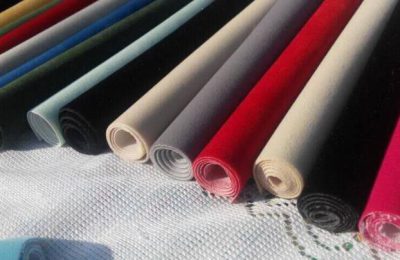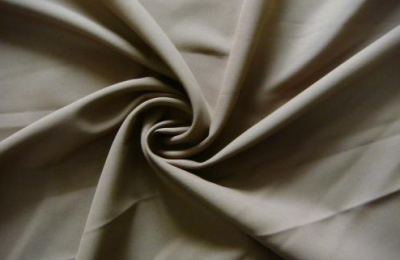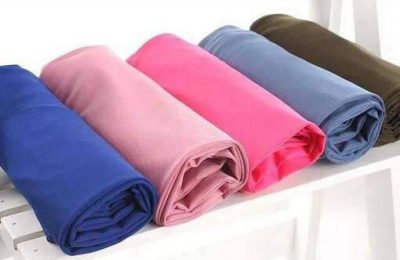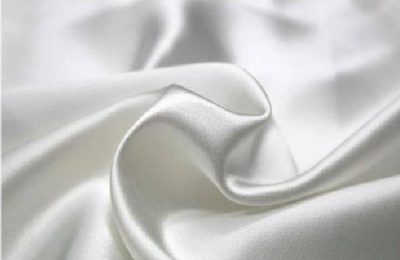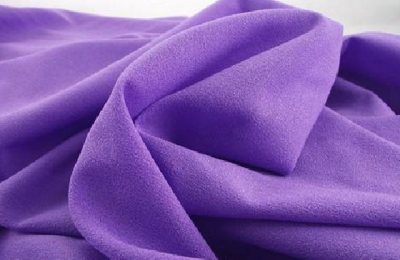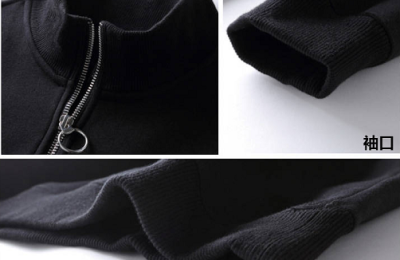Thin film technology is a new technology that has developed rapidly under social needs.
As a kind of filtration membrane, polytetrafluoroethylene microporous membrane has been widely used in the fields of medicine, environmental protection and biomedicine due to its unique technical parameter mechanism and filtration characteristics.
Currently, filtration technology has become one of the important means of quality management.
With the in-depth development of high and new technologies, special filter materials with more functions, complete specifications and good quality will be needed.
At the same time, the application scope of polytetrafluoroethylene microporous membranes has expanded to aerospace, navigation, genetic engineering, life sciences and other fields, and the market prospects are very broad.
Continuously developing and developing new special papers is very necessary and promising. This is also a glorious mission for papermaking workers.
The surface of the polytetrafluoroethylene membrane is composed of 100 to 200 nanofibers staggered into holes. After the fiber diameter is reduced to the nanometer level, the surface area increases, the pore size becomes smaller, and the pore volume increases, which can effectively block PM2.5.
It also has a fibrillar microporous structure with a porosity of more than 88%, 1.4 billion micropores per square centimeter, and a pore size range of 0.1μm-0.5μm. This film is laminated on various fabrics and substrates using a special process. material, it can become a new type of filter material.
ptfe film manufacturer specializes in the production of polytetrafluoroethylene microporous membranes. It has a full set of advanced production equipment and technology, and also has an advanced clean room and an independent composite slitting workshop to ensure the production quality of ptfe membrane; The product materials are all imported raw materials, with high uniformity, stable performance, good air permeability, and the filtration efficiency can reach 99.999995%! It can basically meet the filtration efficiency grade requirements of sub-high efficiency, high efficiency and ultra high efficiency filters.
</p



